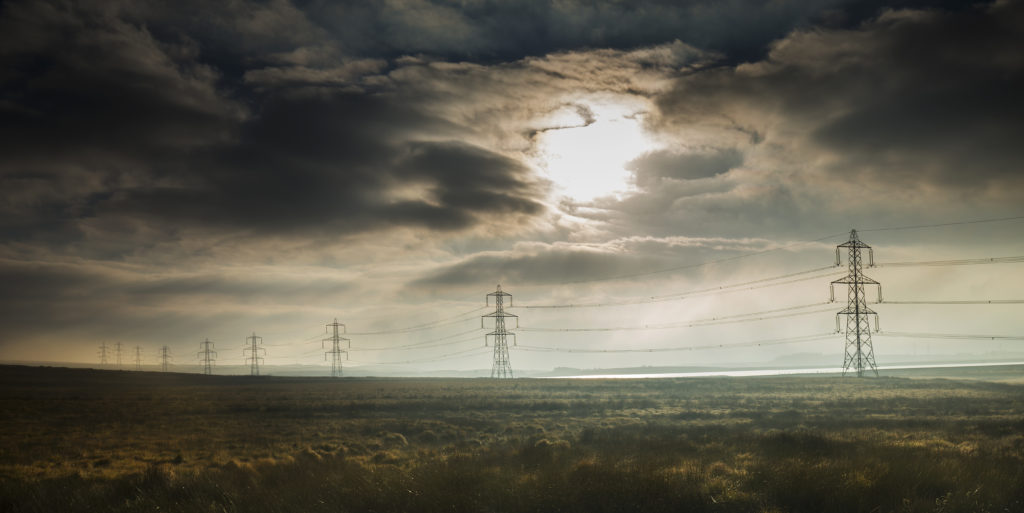Dr Iain Staffell, Professor Richard Green, Professor Tim Green and Dr Malte Jansen — Imperial College London
The start of 2021 saw unusually cold weather coupled with plant outages, which created very tight supply margins throughout January.
Despite Britain still being under lockdown, insufficient capacity was expected to be available to meet demand, leading to some of the highest power prices in two decades. We compare Britain’s situation to the blackouts which swept through Texas at the start of the year due to extreme weather.
A new interconnector to France came online in January, increasing Britain’s capacity for trading power with neighbours by 20%. Imports hit an all-time record high, even though the Dutch interconnector was unavailable for much of the quarter due to prolonged outages.
Commercial power generation ended one of Britain’s remaining coal power stations, leaving only two stations now in regular operation. At the same time, biomass output hit a record high, peaking at over 3.8 GW for the first time as plants ran flat out when capacity was scarce. We look at the history of Britain’s transition from coal to biomass, and the future of moving towards negative-emissions biomass with carbon capture and storage.
Wind power contributed heavily to Scotland achieving 97% renewable electricity generation in 2020, and Britain’s wind farms produced record power output this quarter, reaching over 18 GW for the first time. However, March saw the longest ‘cold calm spell’ in over a decade: for 11 days straight wind farms operated at just 11% of their rated capacity. Dealing with extended wind lulls could be biggest challenge we face in fully decarbonising Britain’s electricity system.
Gas power stations picked up the slack, which contributed to gas generation being up 20% on this quarter last year. This highlights the need for flexible backup in the power system. While burning gas without capturing the CO2 is a viable solution for now, it will not be possible to rely on unabated fossil fuels for balancing in future if the UK is to hit its net zero targets. We explore the options Britain has for balancing wind variability in future.
